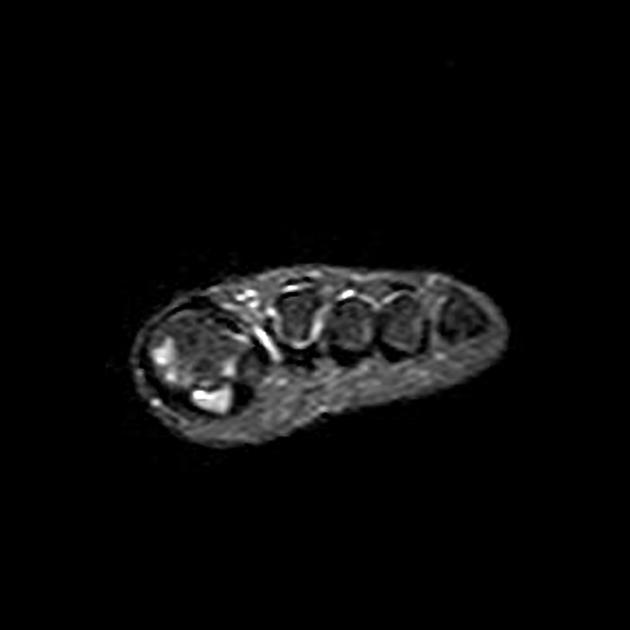sesamoids
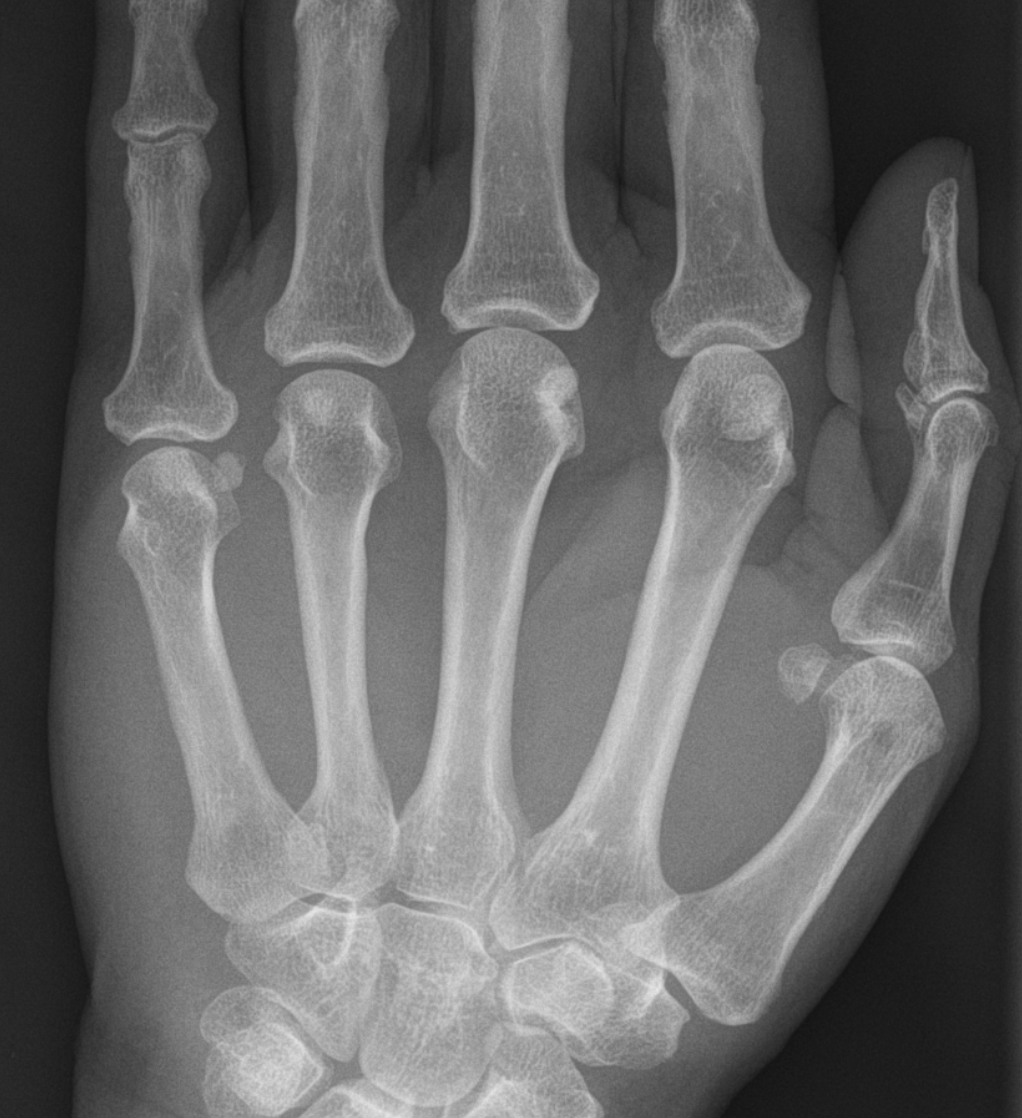

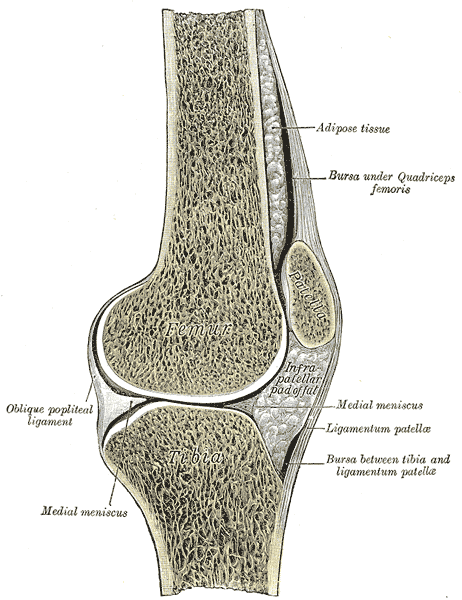



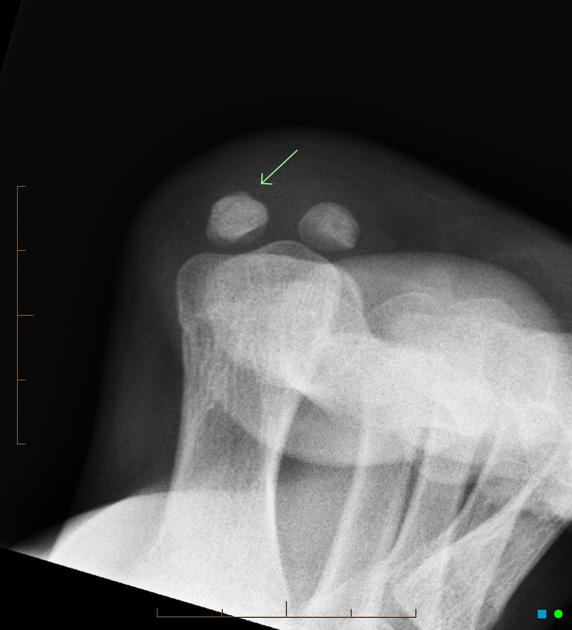

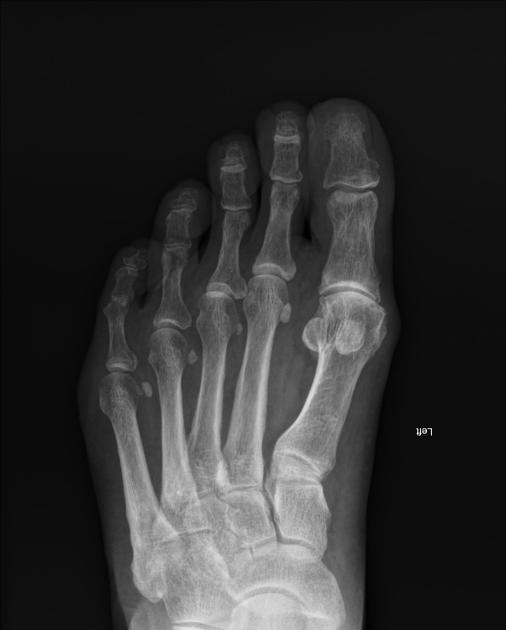
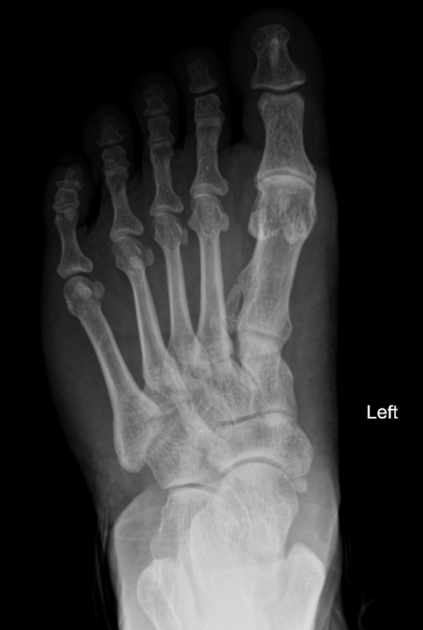
Sesamoids, also known as sesamoid bones, are focal areas of ossification within tendons as they pass over joints . They can also occur in ligaments and usually measure a few millimeters in diameter. Their function is purported to be to alter the direction of the tendon and modify pressure, thereby reducing friction .
Some sesamoids form part of normal human anatomy (e.g. patella), while others are anatomical variants (e.g. fabella).
Sesamoid bones of the lower limb include:
See the article on ossicles of the lower limb.
Sesamoid bones of the upper limb are usually found in the hand at the following joints :
- 1st metacarpophalangeal joint sesamoid (two)
- reported incidence of 100%
- 1 interphalangeal joint sesamoid
- 2nd metacarpophalangeal joint sesamoid
- 5th metacarpophalangeal joint sesamoid
Less commonly, they may also occur at the 3 and 4 metacarpophalangeal joints .
Sesamoid ossicles can also form in the nuchal ligament.
History and etymology
Sesamoids get their name because the smallest bones resemble sesame seeds in size and morphology .
Siehe auch:
und weiter:

 Assoziationen und Differentialdiagnosen zu Sesambein:
Assoziationen und Differentialdiagnosen zu Sesambein:


